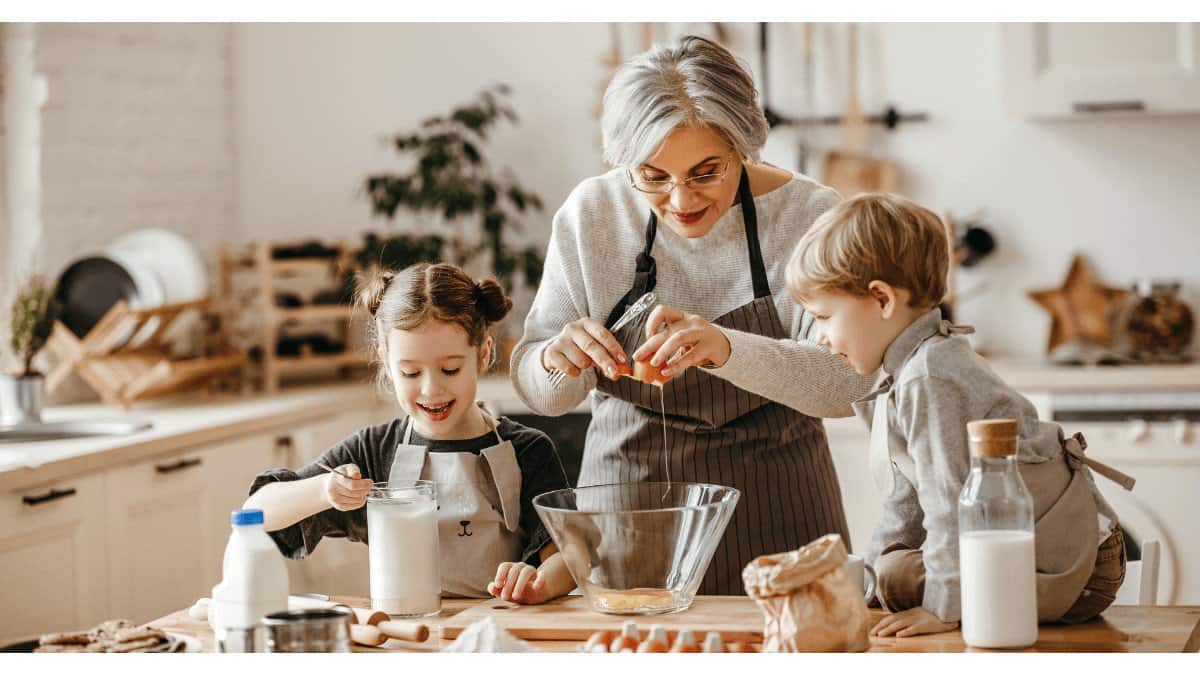The kitchen is not only a place where ingredients come together to create delicious meals but also a hub of sensory experiences. For individuals with hearing aids, the sounds and rhythms of the kitchen can pose unique challenges. However, with a few practical tips and a dash of confidence, cooking can become an enjoyable and accessible activity. In this guide, we’ll explore kitchen tips tailored to hearing aid users, empowering them to navigate the culinary landscape with ease and assurance.
Organize Your Kitchen
Begin your culinary journey by organizing your kitchen. Group similar items together, arrange frequently used utensils within easy reach, and create designated spaces for pots, pans, and other essentials. This organized setup not only streamlines the cooking process but also minimizes unnecessary noise and distractions, allowing you to focus on the task at hand.
Utilize Visual Timers
Cooking often involves precise timing, and for hearing aid users, visual timers become indispensable culinary companions. Invest in easy-to-read timers with clear visuals that provide a visual cue when your dish is ready. This not only ensures perfectly timed meals but also eliminates the need to rely solely on auditory cues.
Embrace Visual Recipes
Visual recipes are a delightful resource for hearing aid users. Seek out recipes with clear, step-by-step visual instructions that guide you through the cooking process. Visual aids, such as images or videos, enhance understanding and empower you to follow recipes with confidence, regardless of any auditory challenges.
Choose Quiet Kitchen Appliances
Opt for kitchen appliances designed with reduced noise levels. Quiet blenders, food processors, and dishwashers create a calming culinary space. These appliances not only contribute to a quieter kitchen environment but also make it easier to discern other sounds, ensuring you remain attuned to your surroundings.
Invest in Induction Cooktops: Culinary Efficiency and Quietude
Induction cooktops are not only energy-efficient but also offer a quieter cooking experience. Compared to traditional gas or electric stovetops, induction cookers produce less ambient noise. This makes it easier for hearing aid users to focus on the sizzling of ingredients without the interference of excessive kitchen noise.
Use Vibrating Timers: Tactile Reminders in the Kitchen
Incorporate tactile reminders into your culinary routine with vibrating timers. These handy devices provide a gentle vibration, serving as a tactile cue when your attention is needed. Whether it’s checking on a simmering sauce or flipping pancakes, vibrating timers offer a discreet and effective way to stay on top of your cooking tasks.
Create a Cooking Playlist: A Melodic Kitchen Atmosphere
Enhance your cooking experience by curating a playlist of your favorite tunes. Music not only adds a delightful background melody to your culinary endeavors but also serves as a rhythmical guide. Choose tunes that uplift your spirits and create a positive kitchen atmosphere, turning your cooking space into a place of joy and creativity.
Practice Mindful Cooking: A Culinary Meditation
Embrace the art of mindful cooking, where each step becomes a meditative moment. Focus on the textures, colors, and aromas of your ingredients. By immersing yourself in the sensory experience of cooking, you can create a tranquil and enjoyable environment, fostering confidence and culinary creativity.
Conclusion
Cooking with confidence as a hearing aid user involves embracing practical strategies that enhance your kitchen experience. By organizing your space, utilizing visual cues, and choosing kitchen appliances mindfully, you can turn your culinary space into a calm and confident space. With these tips, cooking becomes not only a delightful activity but also a testament to your ability to navigate any environment with assurance and grace.


